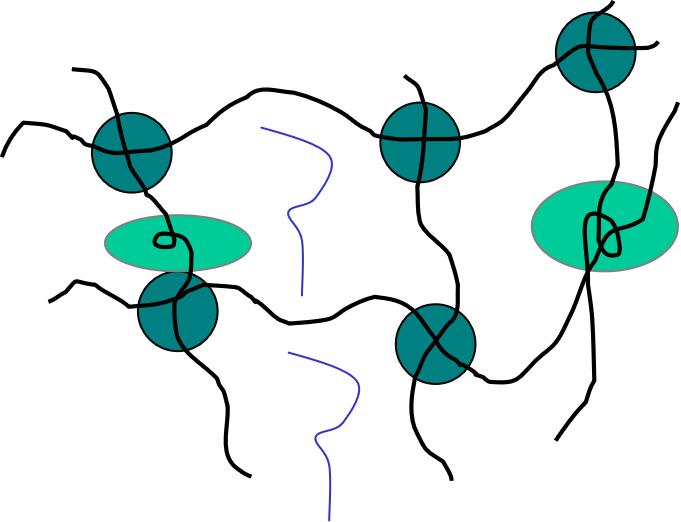Low-Field Nuclear Magnetic Resonance (LF-NMR) is a powerful analytical technique that delves into the submicroscopic realm, providing invaluable insights into the dynamics of molecular interactions. This method is particularly adept at capturing the subtleties of molecular motion and the intricate details of intermolecular relationships.

LF-NMR operates on the principle of nuclear magnetic resonance, a phenomenon where atomic nuclei absorb and re-emit electromagnetic radiation in the presence of an external magnetic field. Unlike its high-field counterparts, low-field NMR employs a weaker magnetic field, which allows for the study of slower molecular motions and interactions that are often overlooked.
One of the key advantages of LF-NMR is its ability to measure relaxation times, which are critical in understanding the kinetics of molecular behavior. These relaxation times are directly related to the molecular environment and can be used to infer information about molecular motion and interactions.

In the field of material science, LF-NMR has proven to be an indispensable tool for characterizing materials such as polymers and glasses. For instance, it can accurately determine the glass transition temperature (Tg), a critical parameter that defines the transition from a hard, glassy state to a more malleable, rubbery state. This information is crucial for the development and optimization of materials with specific mechanical properties.
Moreover, LF-NMR is instrumental in assessing the crosslink density in polymer materials. Crosslinking is a process where polymer chains are interconnected through covalent bonds, which significantly affects the material’s strength and elasticity. By analyzing the relaxation times, researchers can gain a deeper understanding of the network structure and the extent of crosslinking within the polymer matrix.
Another area where LF-NMR excels is in the study of diffusion processes. The technique can measure the diffusion coefficients of molecules in various media, providing insights into the mobility and transport properties of molecules within a system.
Low-Field Nuclear Magnetic Resonance is a versatile and sensitive technique that opens up a window into the submicroscopic world. Its ability to measure relaxation times and analyze molecular motion and interactions makes it an invaluable asset in the fields of material science, polymer chemistry, and beyond. As researchers continue to explore and innovate, LF-NMR is poised to play a pivotal role in uncovering the secrets of molecular dynamics and advancing our understanding of the materials that shape our world.

Keywords: Low-Field Nuclear Magnetic Resonance, LF-NMR, molecular dynamics, relaxation times, glass transition temperature, polymer crosslinking, diffusion coefficients, material science, polymer chemistry.
 NIUMAG
NIUMAG